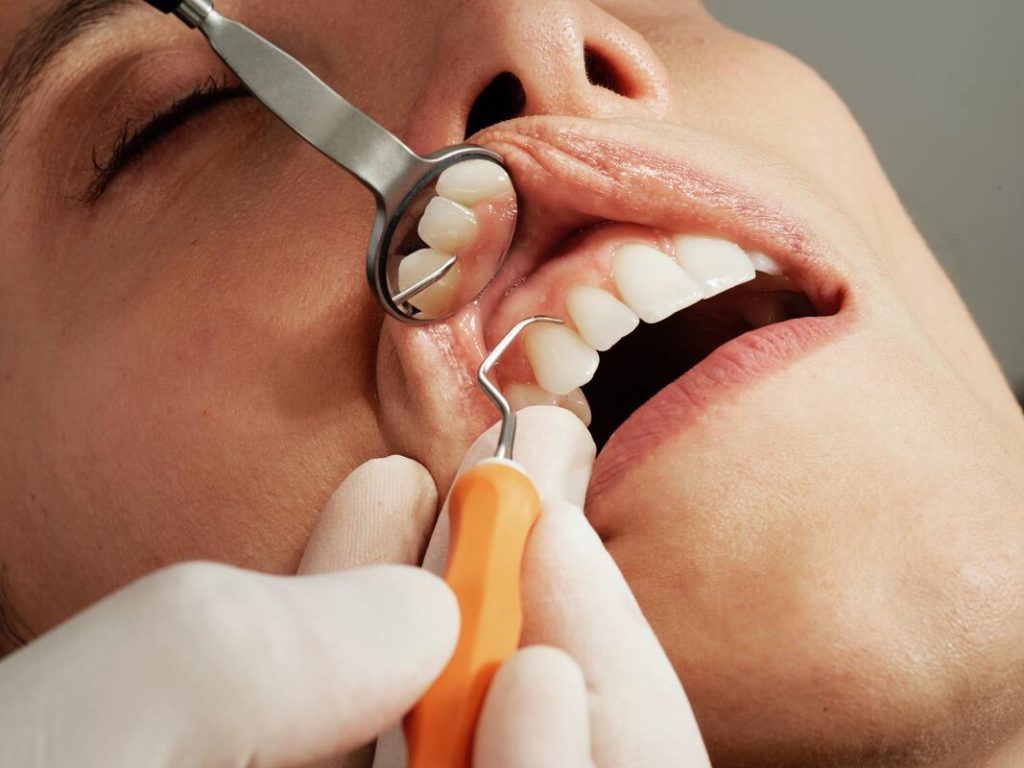• Tooth loss is a common dental problem in the U.S., with over 36 million people having no teeth and 120 million missing at least one.
• Poor oral hygiene, smoking, poor nutrition, age, and genetics are all risk factors for tooth loss.
• New treatments such as zygomatic dental implants, 3D printing, regenerative medicine, and bone grafts can help restore missing teeth.
• Talking to your dentist is the best way to learn more about these treatments and find the one that’s right for you.
Tooth loss is a common dental problem that affects millions of people in the United States. It can occur due to various reasons. Losing one or more teeth can affect your appearance, speech, and eating habits, decreasing your quality of life. Unfortunately, the problem of tooth loss is becoming more common in the U.S., and many people are unaware of its seriousness. Here’s the growing problem of tooth loss in the U.S. and why you should take it seriously.
Tooth Loss Statistics in the U.S.
Tooth loss is a prevalent problem in the U.S., particularly among older adults. According to the American College of Prosthodontists, more than 36 million Americans don’t have any teeth, and 120 million have at least one missing tooth. By 2020, more than 200 million Americans will have lost one or more teeth for various reasons.
Risk Factors
One of the leading reasons tooth loss is increasing in the U.S. is its risk factors. Here are some common risk factors for such a disease.
Poor Oral Hygiene
Poor oral hygiene is one of the most common risk factors for tooth loss. The bacteria in your mouth can cause inflammation and damage the soft tissues supporting your teeth.
Over time, this can weaken your teeth and cause them to loosen and fall out. To prevent tooth loss, brushing your teeth twice daily, flossing daily, and visiting your dentist regularly for professional cleanings and checkups are essential.

Smoking and Tobacco Use
Smoking and tobacco use are other significant risk factors for tooth loss. Tobacco products contain chemicals that can damage your oral health and immune system, making it harder for your body to fight infections. This can lead to tooth decay, gum disease, and other oral health problems that can cause tooth loss. If you smoke or use tobacco, quitting can help reduce your risk of tooth loss and improve your overall health.
Poor Nutrition
Your diet plays a vital role in your oral health, and poor nutrition can increase your risk of tooth loss. A diet high in sugar and carbohydrates can cause tooth decay and gum disease. On the other hand, a diet that lacks essential nutrients such as calcium, vitamin D, and phosphorus can weaken your teeth and make them more susceptible to cavities and decay. To prevent tooth loss, eating a balanced diet rich in vitamins and minerals that support healthy teeth and gums is essential.
Age and Genetics
As you age, your risk of tooth loss increases. This is because the soft tissues supporting your teeth can weaken over time, making it easier for your teeth to loosen and fall out. Genetics can also play a role in your risk of tooth loss. People with a family history of tooth loss or gum disease are more likely to experience these problems. While you can’t change your genetics or stop the aging process, you can take steps to prevent tooth loss through proper oral hygiene and regular dental check-ups.
New Scientific Treatments to Deal With Tooth Loss
Research has shown that new scientific treatments are available to replace lost teeth. Here are some new ways that the country is dealing with this problem.
New Form of Dental Implants
Dental implants have been here for a while, but how dentists do it has changed. One good example is zygomatic dental implants. These implants replace teeth when there is not enough bone in the jaw for a traditional implant. They are placed in the cheekbones, providing a secure and reliable way to restore missing teeth.

3D Printers
Implants used to take a lot of time and resources to make. With 3D printing technology, implants can be made quickly and accurately. With this method, dentists can create custom-fit implants that restore missing teeth reliably.
Regenerative Medicine
Researchers are also looking at regenerative treatments that stimulate the body’s healing processes to replace lost teeth. Stem cells, for example, can be used to grow new tissue that can be used to replace missing teeth. While this technology is still in its early stages, it promises a potential solution to tooth loss in the future.
Bone Grafts
Bone grafts are often done to restore the jawbone structure damaged due to tooth loss. During this procedure, a small amount of bone material is taken from another part of the body, or synthetic material is used to replace the lost bone. This helps strengthen the jawbone and provides a stable base for dental implants or dentures.
Tooth loss is a growing problem in the U.S., but there are new treatments that can help restore missing teeth and improve your quality of life. Some treatments utilize the body’s natural healing processes; others involve innovative technologies like 3D printing. If you’re experiencing tooth loss, talking to your dentist about these treatments is a significant first step. Once you get the right treatment, you can enjoy a healthy and beautiful smile again.
